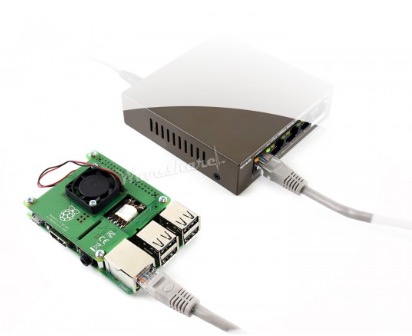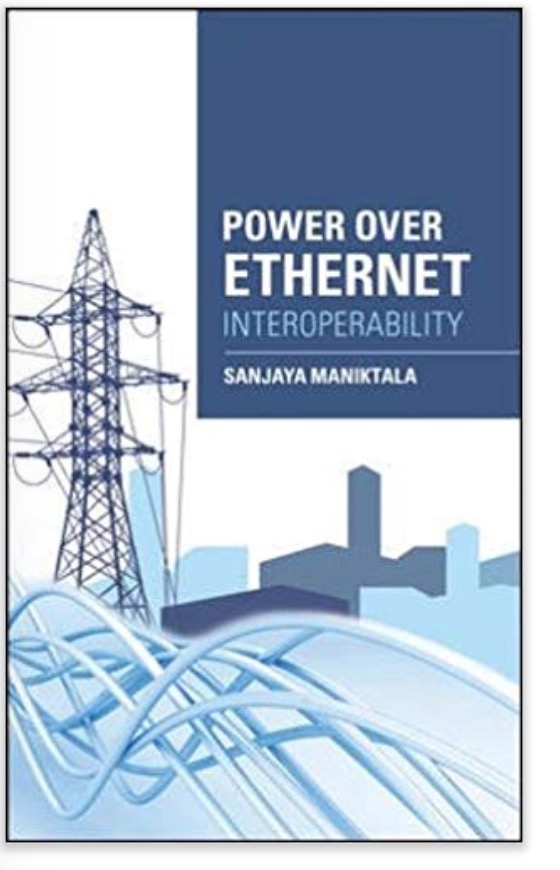Recent Posts
Power Over Ethernet HAT For Raspberry Pi 3B+ And 802.3af PoE Network
Posted by on
Power over Ethernet (PoE) is a technology for wired Ethernet local area networks (LANs) that allows the electrical current necessary for the operation of each device to be carried by the data cables rather than by power cords. Doing so minimizes the number of wires that must be strung to install the network. PoE was initially developed in 2003 to support devices like Wi-Fi access points (APs). PoE made AP installations more accessible and more flexible, especially on ceilings. For more information on PoE see: Power over Ethernet (PoE)...
The Raspberry Pi Power over Ethernet HAT is a small accessory for the Raspberry Pi computer. It works only with the Raspberry Pi 3 Model B+ (launched March 2018).
The PoE HAT allows to power a Raspberry Pi using Power over Ethernet–enabled networks; for this product to work, the Ethernet network must have the corresponding power-sourcing equipment installed.
Specifications
- 802.3af PoE
- Fully isolated switched-mode power supply
- 37–57V DC, Class 2 device
- 5V/2.5A DC output
- 25mm x 25mm brushless fan for processor cooling
- Fan control
Power over Ethernet Interoperability explains how to safely transmit DC power over an existing data network cabling structure so that separate AC electrical wiring is not needed to power up devices connected to the network.
With a focus on cost-effective unshielded twisted pair (UTP) cables, this book provides proven methods for designing reliable Power over Ethernet (PoE) equipment and ensuring that it functions effectively. Details on the IEEE 802.3af/at standards and how various devices can operate from PoE are also contained in this practical resource.
Coverage includes:
- The evolution of PoE
- Overview of PoE implementations
- Detection
- Classification
- Inrush and power-up
- Operation
- Maintain power and disconnect
- PoE state-machine diagrams
- Magnetics
- Isolation, PCB design, and safety
- Surge testing and protection
- Lab skills, thermal management, and decoupling
- N-pair power delivery systems
- Auxiliary power and flyback design
 Loading... Please wait...
Loading... Please wait...


